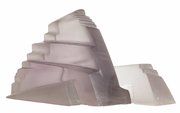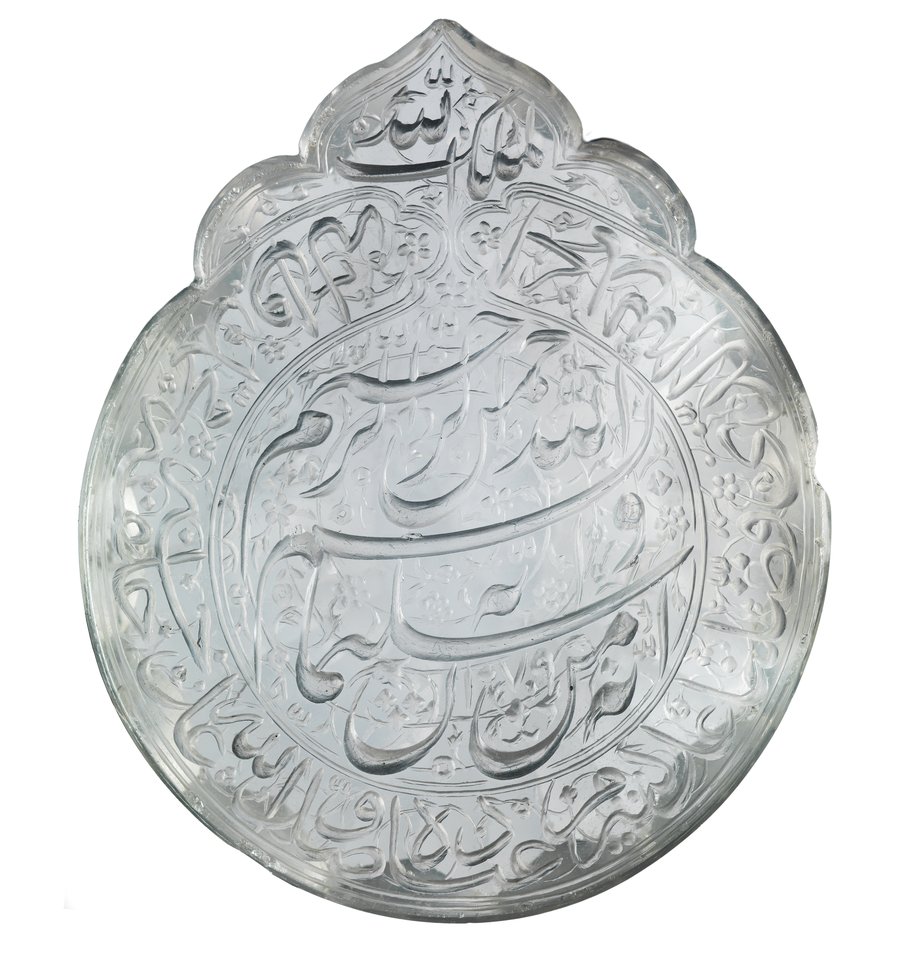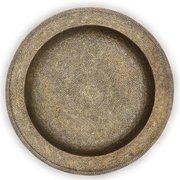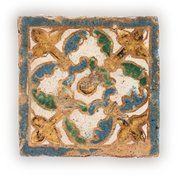
Seal of Shah Sulayman Safavi
Museum of Islamic Art
- Title:
- Seal of Shah Sulayman Safavi
- Patron:
- Shah Suleyman I
- Production place:
- Iran
- Date:
- 1668 - 1669
- Period:
- Safavid
- Title:
- Seal of Shah Sulayman Safavi
- Patron:
- Shah Suleyman I
- Production place:
- Iran
- Date:
- 1668 - 1669
- Period:
- Safavid
- Material:
- Quartz
- Technique:
- Carving, Grinding, Polishing, Engraving
- Dimensions:
- 7.0 × 5 × 2.5 cm
This imperial seal once belonged to Shah Sulayman Safavi, the eighth ruler of the Safavid dynasty (r. 1076-1105 AH/1666-1694 CE). The elegance of even relatively small artworks such as this precious carved seal in rock crystal testifies for the refined taste of his commissions. The seal has been carved in beautiful shekaste nasta’liq, meaning "broken nasta'liq", a hanging and flowing variant of the elegant nasta'liq script. The carving contains passages from Sura al-Naml (verses 15 and 30), mentioning the prophet Solomon, the namesake of the Shah, and a blessing to the Prophet and his family. This seal was presented after the second coronation of Shah Sulayman in 1078 AH/1668 CE, following a first inauspicious coronation ceremony held two years before. An impression of this seal is visible on fol. 1r of the Museum of Islamic Art's manuscript MS.609.2007, a splendid Qur'an prepared for Shah Sulayman in Isfahan and dated 1094 AH/1683 CE. The survival of Safavid seals is a rare historical occurrence, for most of them were destroyed after the death of the ruler to prevent forgeries in the royal chancery. Since we possess impressions of other official seals that Shah Sulayman used on administrative documents and firman (royal edict), this particular seal must have been his personal one, used for his correspondence and the volumes in his private library.



